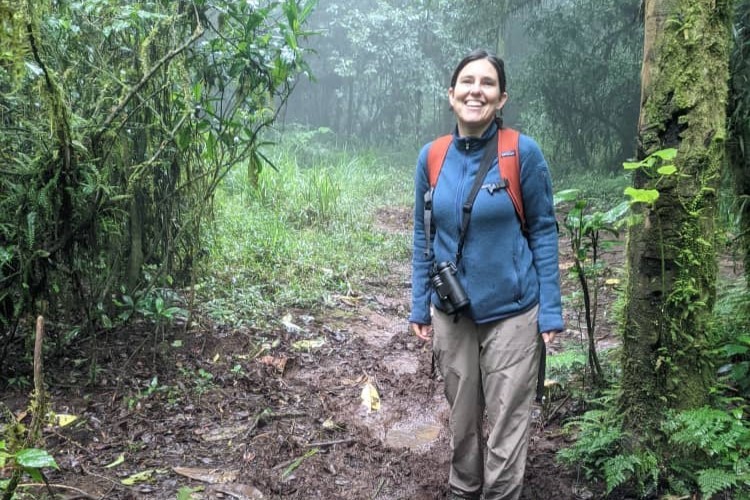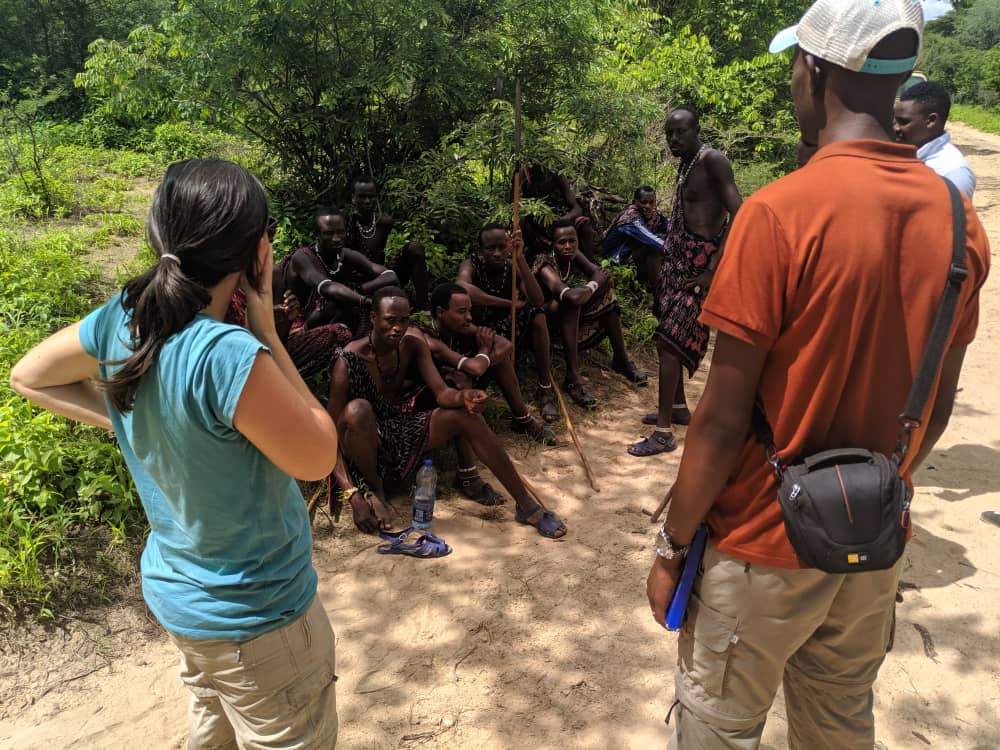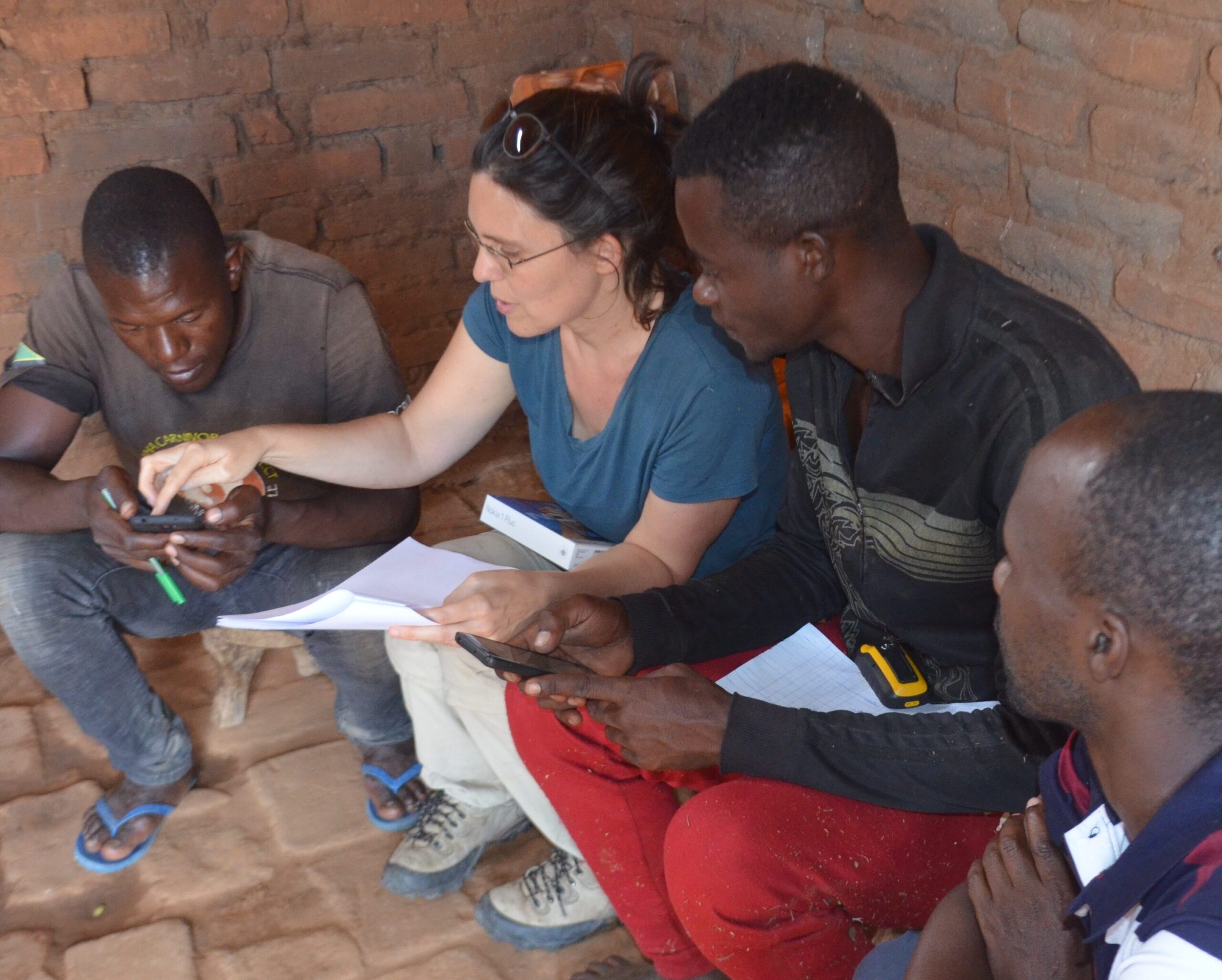
COO & Research Associate, Lion Landscapes
PROFILE
Ana Grau Valenciano is a conservation biologist and research associate specializing in carnivore conservation, human-wildlife coexistence, and wildlife monitoring. She currently serves as the Chief Operating Officer at Lion Landscapes, where she oversees the organization’s operations, financial management, and research programs across multiple countries, ensuring that conservation efforts are both effective and sustainable.
With over 15 years of experience in conservation, Ana has worked extensively in Africa, from the Ruaha landscape in Tanzania to conservation initiatives in Kenya and Zambia. She has played a crucial role in designing and implementing wildlife monitoring systems, standardizing data collection and building capacity among local conservation teams. Her work has focused on bridging the gap between scientific research and on-the-ground conservation practice, helping to improve strategies for mitigating human-wildlife conflict.
Ana holds a Master’s degree in Conservation Biology and a Bachelor’s degree in Biology from the University of Madrid/Complutense.
Fluent in Spanish, English, and Swahili, she is able to work closely with local communities, researchers, and conservation organizations, ensuring that conservation strategies are inclusive and effective.
Her research interests include large carnivore ecology, effective strategies for mitigating human-wildlife conflict and the development of conservation solutions that balance ecological needs with human livelihoods. She continues to contribute to conservation science while supporting the next generation of researchers and practitioners in the field.


SELECTED PUBLICATIONS
Evaluating the effectiveness of fortified livestock enclosures as a human-carnivore conflict mitigation tool in Tanzania’s Ruaha landscape
An experimental game to examine pastoralists’ preferences for human–lion coexistence strategies
Commercially-driven lion part removal: What is the evidence from mortality records?
Evaluating the effectiveness of fortified livestock enclosures as a human-carnivore conflict mitigation tool in Tanzania’s Ruaha landscape
An experimental game to examine pastoralists’ preferences for human–lion coexistence strategies
1. Reconciling conflicts between wildlife conservation and other human activities is a pervasive, multifaceted issue. Large carnivores, such as the African lion Panthera leo are often the focus of such conflicts as they have significant ecological and cultural value but impose severe social and financial costs on the communities that live alongside them.
2. To effectively manage human–lion conflict, it is vital to understand stakeholder decision-making and preferences regarding mitigation techniques and coexistence strategies.
3. We used a novel experimental game framed around lions and livestock protection, played across eight villages in Tanzania, to examine stakeholder behaviour in response to three incentive structures: support for non-lethal scaring, and individual- and community-level subsidies for provision of wildlife habitat.
4. We found that non-lethal deterrent methods were the preferred mitigation strategy and that individual subsidies most increased the provision of wildlife habitat. Subsidies that were conditional on other community members’ decisions were less effective at increasing habitat choices. Player characteristics and attitudes appeared to have little influence on game behaviour. However, there was some evidence that gender, wealth, perceptions of respect, and the behaviour of other players affected decision-making.
5. Achieving success in managing conservation conflicts requires genuine stakeholder participation leading to mutually beneficial results. Our findings suggest that, while incentive-based instruments can promote pro-conservation behaviour, these may be more effective when targeted at individuals rather than groups. We demonstrate how experimental games offer a practical and engaging approach that can be used to explore preferences and encourage discussion of conflict management.